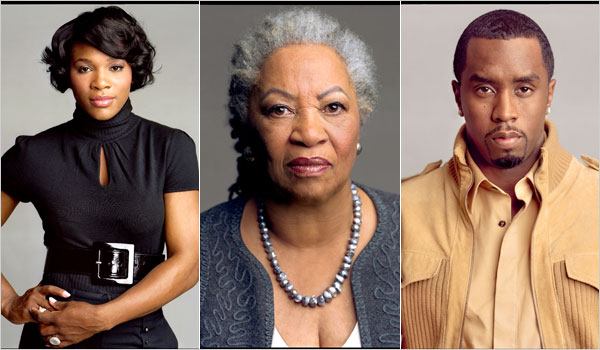| Want to send this page or a link to a friend? Click on mail at the top of this window. |
| More Books and Arts |
| Posted August 24, 2008 |
| A Documentary Lets the Stories of Black Luminaries Speak for Themselves |
|
|
|
 |
|
| PHOTO BY TIMOTHY GREENFIELD-SANDERS/HBO | |
| From left, Serena Williams, Toni Morrison and Sean Combs, by Timothy Greenfield-Sanders. |
| By FELICIA R. LEE |
| Wehaitians.com, the scholarly journal of democracy and human rights |
| More from wehaitians.com |